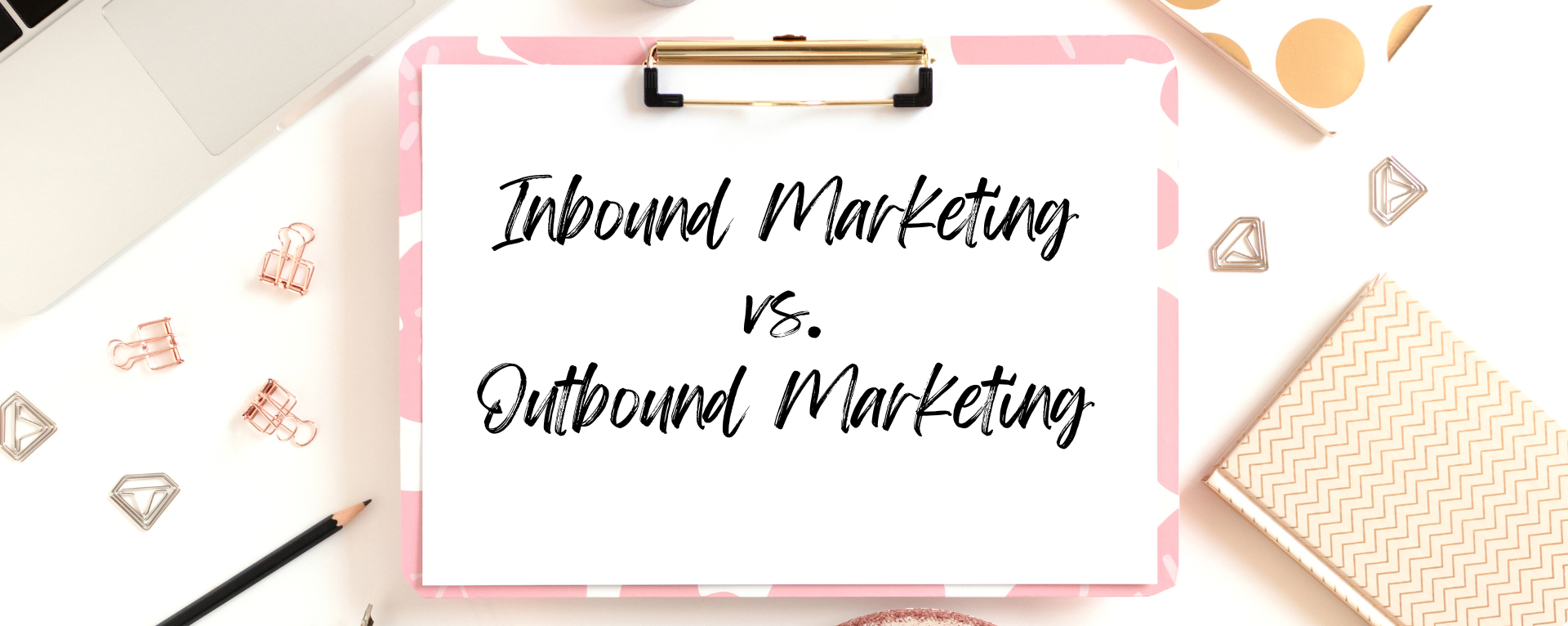Inbound Marketing vs. Outbound Marketing: Which is Better?
Introduction
Marketing is an essential component of any successful business strategy, but choosing the right approach can be a challenge. Two popular marketing strategies are inbound marketing and outbound marketing. Both approaches aim to attract and engage customers, but they take different approaches to achieving this goal. In this blog, we will explore the differences between inbound and outbound marketing and help you decide which approach is right for your business.
Inbound marketing and outbound marketing both have their strengths and weaknesses, but ultimately the best approach for your business depends on your unique goals and audience. By understanding the differences between these two strategies, you can create a more effective marketing plan that reaches your target customers in the most impactful way.
What is Inbound Marketing?
Inbound marketing is a strategy that focuses on attracting customers through content marketing, search engine optimization (SEO), social media marketing, and other forms of online engagement. The goal of inbound marketing is to provide value to customers and build trust and credibility with them over time. By providing helpful and relevant content, businesses can attract customers who are already interested in their products or services.
Inbound marketing is based on the principle of “permission marketing,” which means that businesses only engage with customers who have given them permission to do so. This approach is based on the idea that customers are more likely to engage with brands that provide value and are not overly aggressive in their marketing tactics.
What is Outbound Marketing?
Outbound marketing, also known as traditional marketing, is a strategy that focuses on reaching customers through advertising, direct mail, cold calling and other forms of interruption-based marketing. The goal of outbound marketing is to push products or services to potential customers and persuade them to take action.
Outbound marketing is based on the principle of “interruption marketing,” which means that businesses interrupt customers with their marketing messages, regardless of whether or not the customer has expressed interest in their products or services. This approach is based on the idea that customers can be persuaded to buy through aggressive marketing tactics.
Inbound Marketing vs. Outbound Marketing: Pros and Cons
Inbound marketing and outbound marketing both have their advantages and disadvantages, and the choice of approach depends on a number of factors, such as the nature of the business, the target audience, and the available resources.
Advantages of Inbound Marketing:
✓ Provides value to customers and builds trust and credibility over time
✓ Generates organic traffic and leads through content marketing and SEO
✓ Lower cost per lead compared to outbound marketing
✓ Higher conversion rates due to targeted and relevant content
Disadvantages of Inbound Marketing:
✓ Requires a significant investment of time and resources to create high-quality content
✓ Takes time to build an audience and see results
✓ Can be difficult to measure ROI and track conversions
Advantages of Outbound Marketing:
✓ Provides immediate visibility and brand awareness
✓ Allows businesses to reach a large audience quickly
✓ Can be highly targeted through demographic and behavioral data
✓ Provides measurable results and ROI
Disadvantages of Outbound Marketing:
✓ Can be costly, especially for advertising and direct mail campaigns
✓ Can be intrusive and irritating to customers
✓ Generates low conversion rates due to the lack of targeting and relevance
✓ Has a negative impact on brand image and reputation
Which Approach is Right for Your Business?
Choosing the right marketing approach depends on your business goals, target audience, and available resources. Inbound marketing is ideal for businesses that want to build long-term relationships with customers, provide value, and establish themselves as thought leaders in their industry. Outbound marketing is ideal for businesses that want to generate immediate brand awareness and reach a large audience quickly.
Ultimately, the best marketing approach is one that combines inbound and outbound strategies to create a comprehensive and effective marketing plan. By leveraging the strengths of both approaches, businesses can reach a wider audience, generate more leads and increase conversions.
Ready to take your marketing to the next level? Combine inbound and outbound strategies to create a comprehensive and effective marketing plan that will help your business reach a wider audience, generate more leads and increase conversions. Contact us today to learn how we can help you achieve your marketing goals!


